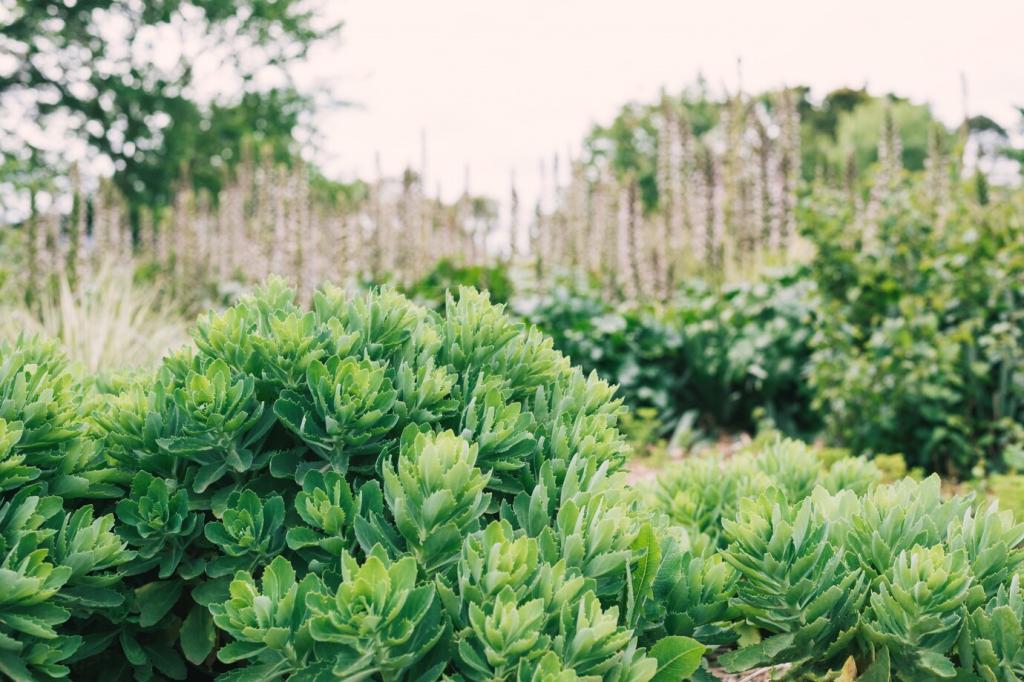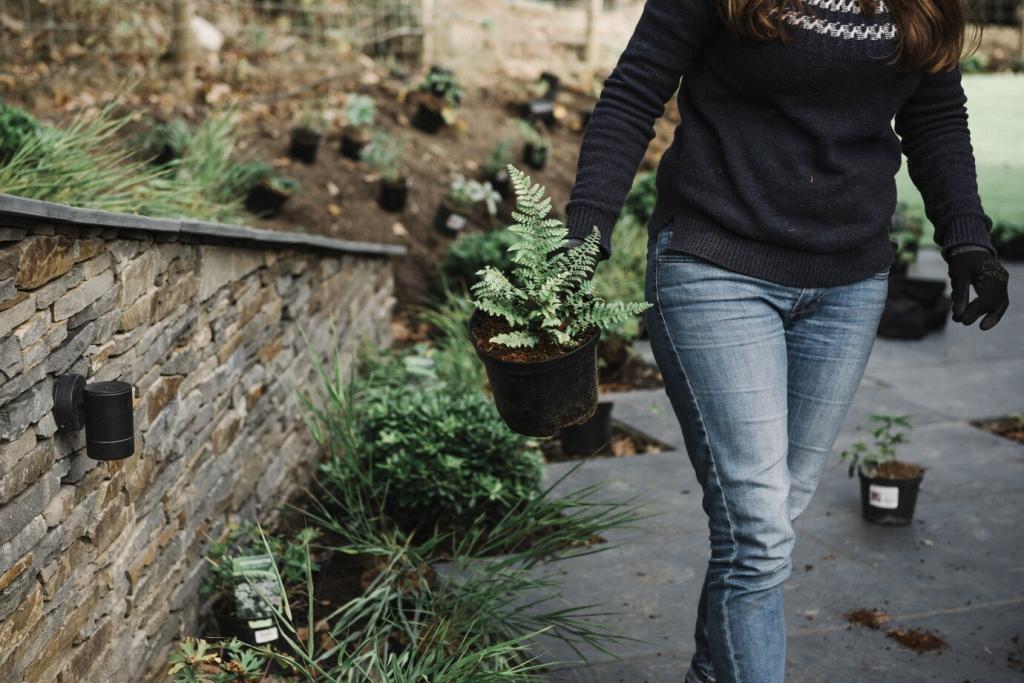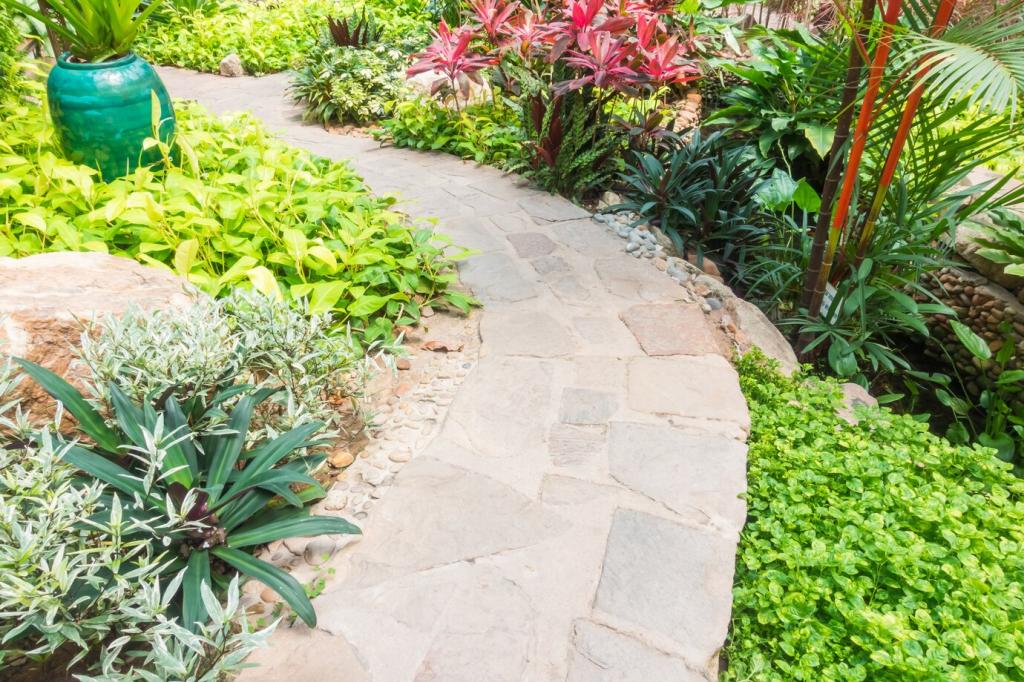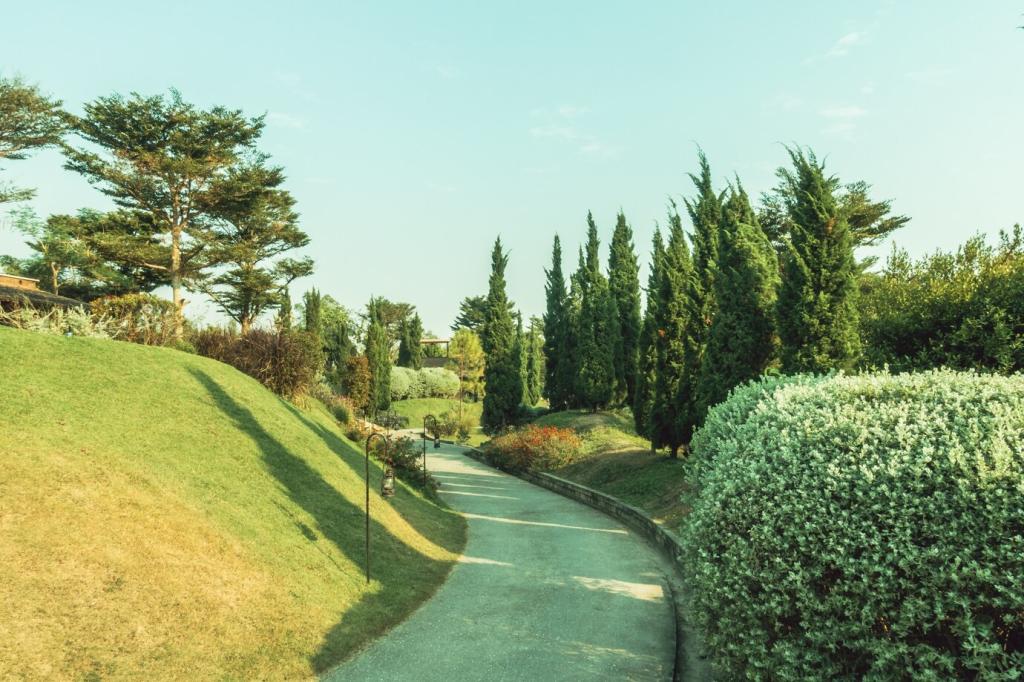Efficient Irrigation: Drip, Micro, and Smart Control
Drip lines or emitters deliver water slowly at the root zone, minimizing evaporation and runoff. Properly installed systems often reduce outdoor water use dramatically. Include pressure regulators and filters, and bury or pin lines beneath mulch to protect them from sun and foot traffic.
Efficient Irrigation: Drip, Micro, and Smart Control
Weather-based or soil-moisture-based controllers adjust watering to real conditions. Rain and wind delays, evapotranspiration data, and seasonal adjustments prevent waste. Audit your schedule monthly, and post your before-and-after savings to encourage others to make the easy switch.
Efficient Irrigation: Drip, Micro, and Smart Control
Use matched-precipitation nozzles, separate zones by plant type, and water early morning to reduce evaporation. Try cycle-and-soak programming on slopes to prevent runoff. If you discover a winning schedule, share it with the community—your settings could be someone else’s breakthrough.







